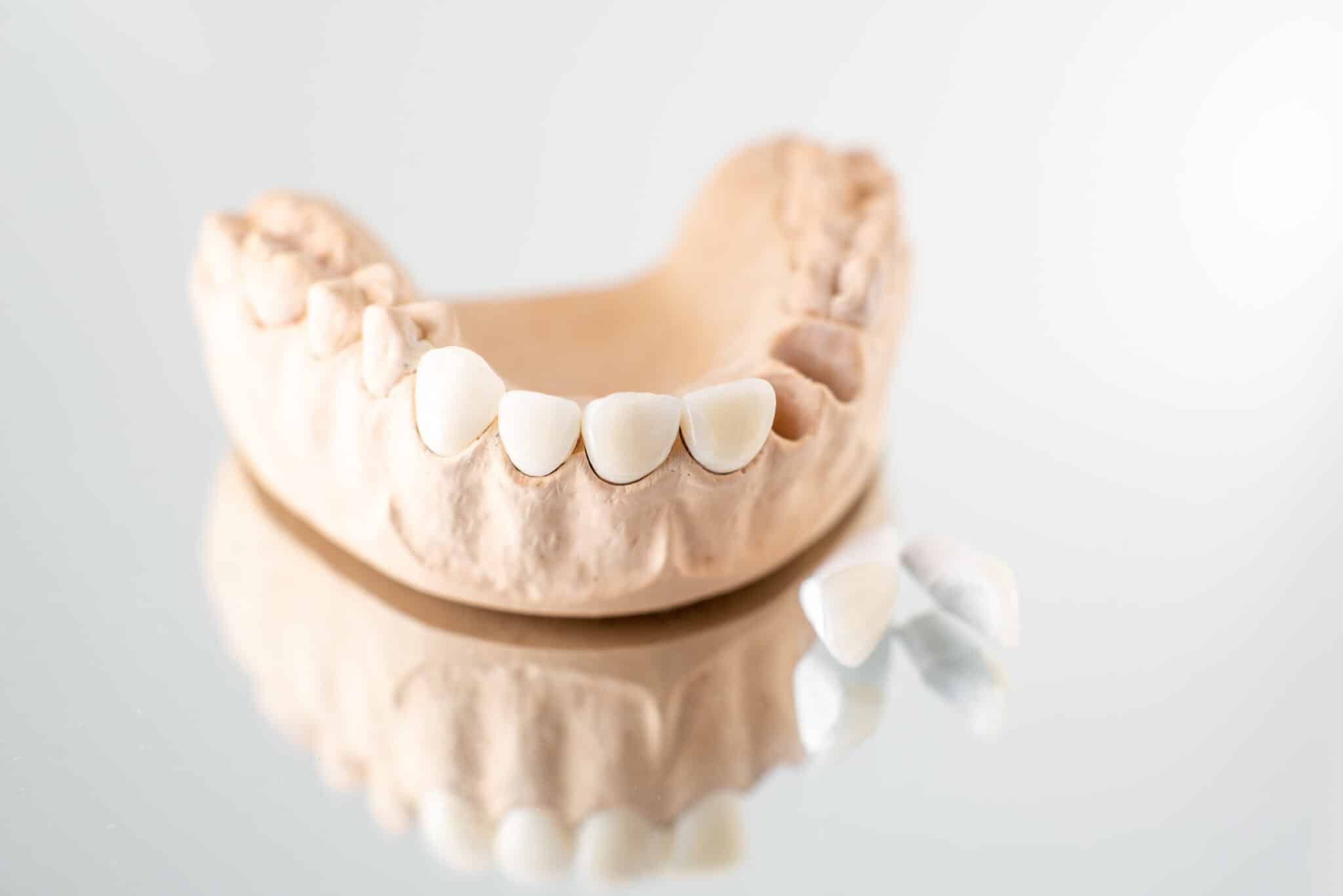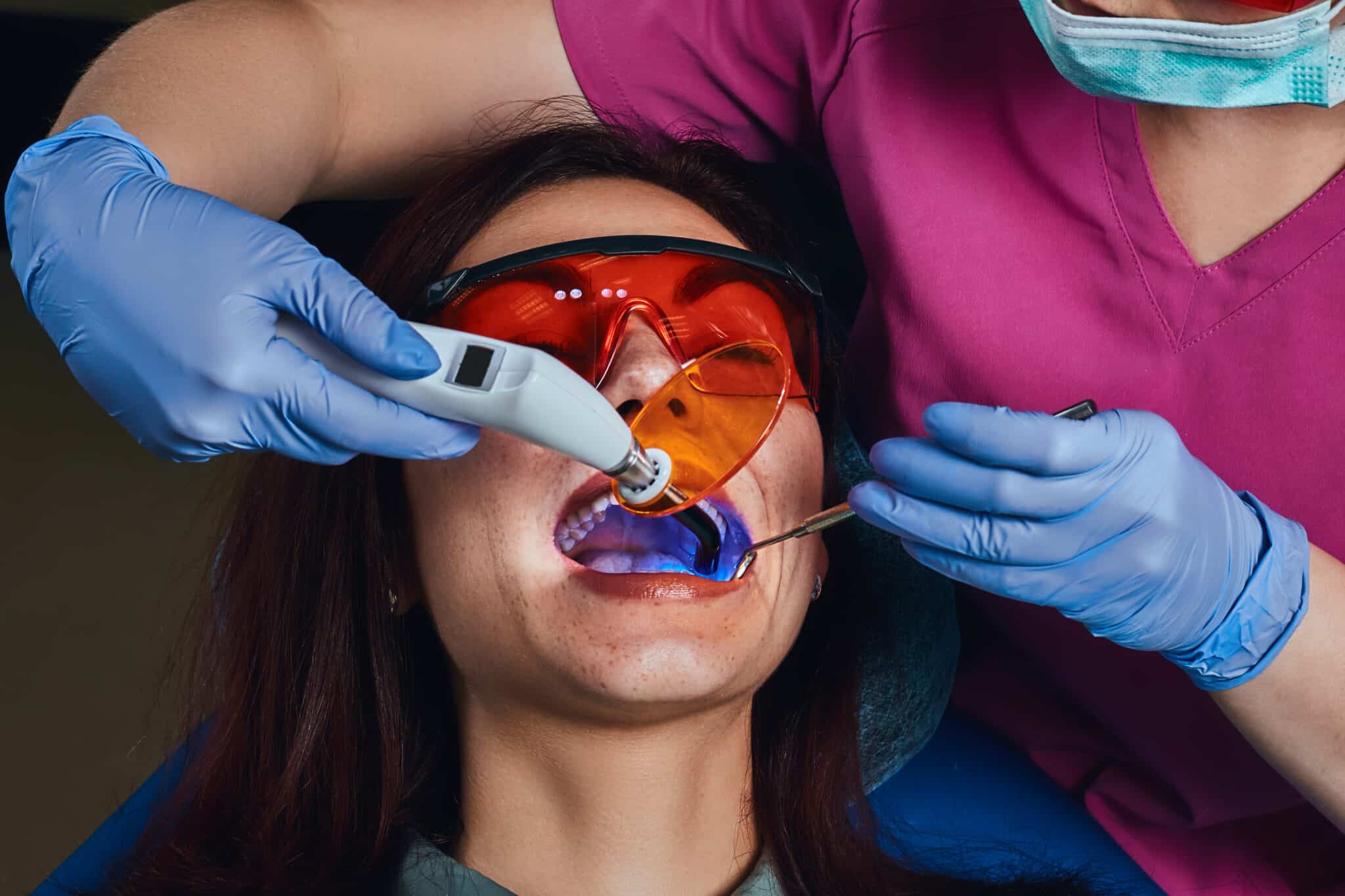Tooth coloured fillings, also known as composite fillings, have become a popular choice for many people needing dental repairs. These fillings are made from a mixture of plastic and fine glass particles, giving them a natural look that blends seamlessly with your existing teeth. This makes them an attractive alternative to traditional silver (amalgam) fillings, which are more noticeable.
One of the reasons tooth coloured fillings are favoured is their aesthetic appeal. They can be closely matched to the colour of your natural teeth, making them almost invisible. This is especially important for fillings in visible areas, such as the front teeth. Tooth coloured fillings not only restore the function of a damaged tooth but also maintain the beauty of your smile.
Beyond their appearance, tooth coloured fillings offer several functional and health benefits. They bond directly to your tooth structure, providing additional support and reducing the risk of the tooth breaking. This bonding process allows for more of the natural tooth to be preserved compared to silver fillings. Moreover, the material used in these fillings is free from mercury, making it a safer option for you and your family.
In this article, we will dive deeper into what tooth coloured fillings are, their aesthetic and health benefits, and how to take care of them to ensure they last. By understanding these advantages, you can make a more informed decision about your dental care options.
What Are Tooth Coloured Fillings?
Tooth coloured fillings, also known as composite fillings, are made from a mixture of resin and finely ground glass particles. This combination creates a material that can be closely matched to the natural colour of your teeth. These fillings are used to repair cavities, cracks, and other types of tooth damage.
The process of getting a tooth coloured filling begins with the removal of any decayed or damaged tooth material. We then clean the area and apply a bonding agent to help the filling material adhere to the tooth. Once the filling material is placed in the cavity, we shape and harden it using a special curing light. This hardening process ensures the filling is strong and durable.
Tooth coloured fillings are a versatile dental solution that can be used in both front and back teeth. They are particularly useful for visible areas where a natural appearance is important. Unlike traditional silver fillings, which can be noticeable and detract from your smile, tooth coloured fillings blend seamlessly with your teeth, providing a discreet and aesthetically pleasing result.
Aesthetic Benefits of Tooth Coloured Fillings
One of the main reasons people choose tooth coloured fillings is their aesthetic appeal. These fillings can be matched to the exact shade of your natural teeth, making them virtually invisible. This is especially important for fillings in the front teeth, where appearance matters the most. No one will be able to tell that you have had a filling, allowing you to smile with confidence.
Tooth coloured fillings also retain their colour and do not stain easily. Unlike silver fillings, which can darken over time and become more noticeable, composite fillings maintain their natural look. This means your smile will remain bright and beautiful for years to come.
Another aesthetic benefit is that tooth coloured fillings can be sculpted more precisely than silver fillings. This allows us to shape the filling to fit the natural contours of your tooth, creating a more natural and seamless appearance. The end result is a filling that not only restores the function of your tooth but also enhances your overall smile.
In summary, the aesthetic benefits of tooth coloured fillings make them an excellent choice for anyone looking to maintain a natural, attractive smile while repairing tooth damage. These fillings provide a discreet and durable solution that blends seamlessly with your natural teeth.
Health and Functional Advantages
Tooth coloured fillings offer several health and functional advantages that make them a smart choice for dental restorations. One major benefit is that they bond directly to the tooth structure. This creates a tight seal that helps to prevent bacteria from entering the filled area and causing further decay. This bonding also strengthens the tooth, reducing the risk of breaks or fractures.
Another advantage is the preservation of natural tooth material. Because tooth coloured fillings bond so well to the tooth, we can often remove less of your natural tooth compared to when placing silver fillings. This means more of your healthy tooth structure is preserved, which is better for the long-term health of the tooth.
These fillings are also mercury-free, unlike silver amalgam fillings which contain mercury. Some people are concerned about the potential health risks associated with mercury. With tooth coloured fillings, you won’t have to worry about this issue. They are a safer, non-toxic option for dental repairs.
How to Care for Your Tooth Coloured Fillings
Caring for tooth coloured fillings is straightforward and doesn’t require any special techniques. Good oral hygiene is essential for keeping your fillings and the rest of your teeth healthy. Brush your teeth at least twice a day with fluoride toothpaste, and make sure to clean around the filled area thoroughly. Floss daily to remove food particles and plaque from between your teeth and around the fillings.
Regular dental check-ups are also important. Visit us every six months for cleanings and exams. During these visits, we can check your fillings to ensure they are in good condition and address any potential issues early on. Professional cleanings help to remove any tartar build-up that brushing and flossing might miss.
Watch what you eat to prolong the life of your fillings. Avoid biting down on hard objects like ice or pens, as this can cause your fillings to crack or chip. Try to limit sugary and sticky foods, as they can increase the risk of decay around the fillings. Eating a balanced diet that is rich in nutrients will also help to maintain your overall oral health.
Final Thoughts
Tooth coloured fillings provide numerous benefits that make them an excellent choice for anyone needing dental restorations. They offer aesthetic appeal, blending seamlessly with your natural teeth to keep your smile looking great. Their health and functional advantages, such as strong bonding to the tooth and mercury-free composition, make them a safer and more durable option.
Caring for your tooth coloured fillings is simple and requires basic oral hygiene practices. Regular brushing, flossing, and dental check-ups will help keep your fillings and the rest of your teeth in top condition. Avoiding hard and sugary foods will also contribute to the longevity of your fillings.
At Pickering Dental Services, we are dedicated to helping you achieve and maintain a healthy, beautiful smile. If you’re considering tooth coloured fillings or need more information, schedule an appointment with us today. Our team is here to provide the best dental care for you and your family.










